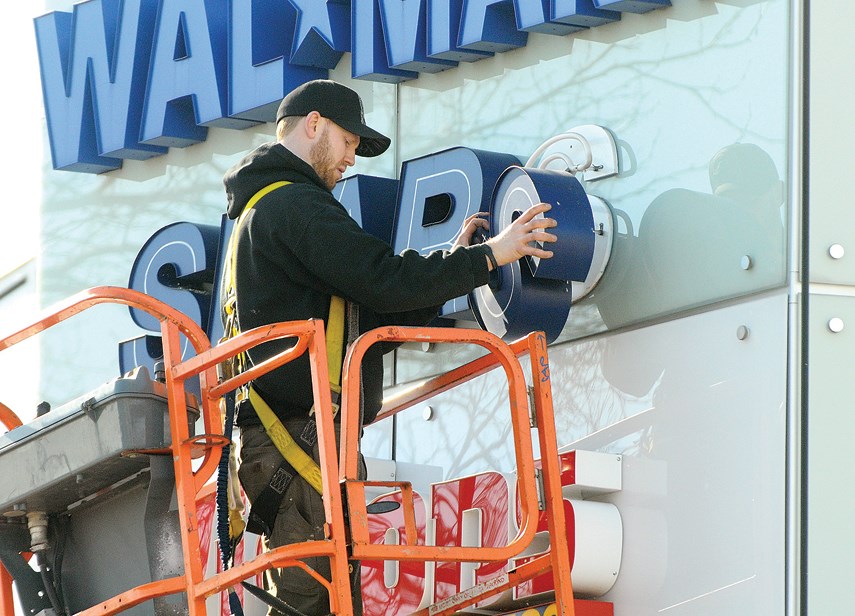It appears to be the end of the line for Sears Canada, including its location in the Capilano Mall.
The company is scheduled to be in court on Friday, applying for approval to liquidate all of its remaining stores and assets after being in bankruptcy protection since June.
Liquidation sales will likely begin after Oct. 19 and continue for 10 to 14 weeks, according to a release from Sears.
“The company deeply regrets this pending outcome and the resulting loss of jobs and store closures,” a statement from Sears Canada read on Tuesday.
Reportedly, there will be 12,000 employees laid off across the country, although the company could not say how many of them work at the Marine Drive location.
The loss of one of the two anchor tenants at Capilano Mall also leaves tens of thousands of square feet of retail space without a tenant.
Bentall Kennedy, the property management firm that runs Capilano Mall, declined to comment on how it would respond to Sears Canada’s bankruptcy or how it would seek to fill the space once the store had been vacated.
The mall’s managers will likely have to get creative, according to Halia Valladares Montemayor, dean of the faculty of business professional studies at Capilano University.
While some malls have been able to fill department store vacancies with American retailers expanding into Canada, like Saks Fifth Avenue or Nordstrom, those tend to be in ritzier locations, Valladares Montemayor said.
“It’s very difficult to get another big company like that. They can try but it’s not the current demand the marketplace is asking for,” she said.
Instead, other mall owners have found success by repurposing the space into things like movie theatres, subdividing the former department store up into smaller stores, or selling or leasing the property to a municipality or non-profit for community use, Valladares Montemayor said.
Capilano Mall still has a Walmart but the loss of an anchor tenant tends to hurt the smaller stores in suburban malls too, Valladares Montemayor said, so shoppers could show their support by showing up more often.
The closing down of Sears was a decision that probably could have been made five years ago, Valladares Montemayor added, as the company had not adapted well to changes in the marketplace, including e-commerce and competition from other retailers working to make themselves more appealing to shoppers.
“They look like stores for elderly people – like a young person would never go buy there. They are in locations that maybe were good when they were established in the ’50s or ’60s and then they never changed,” she said.



